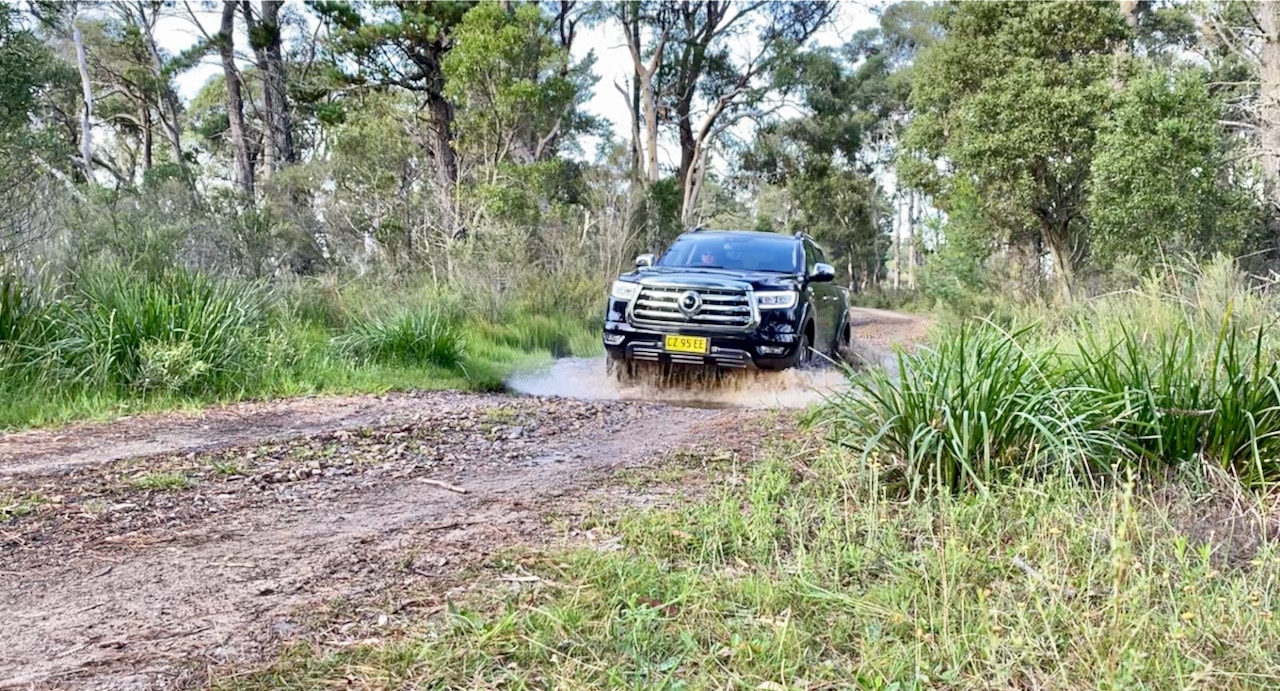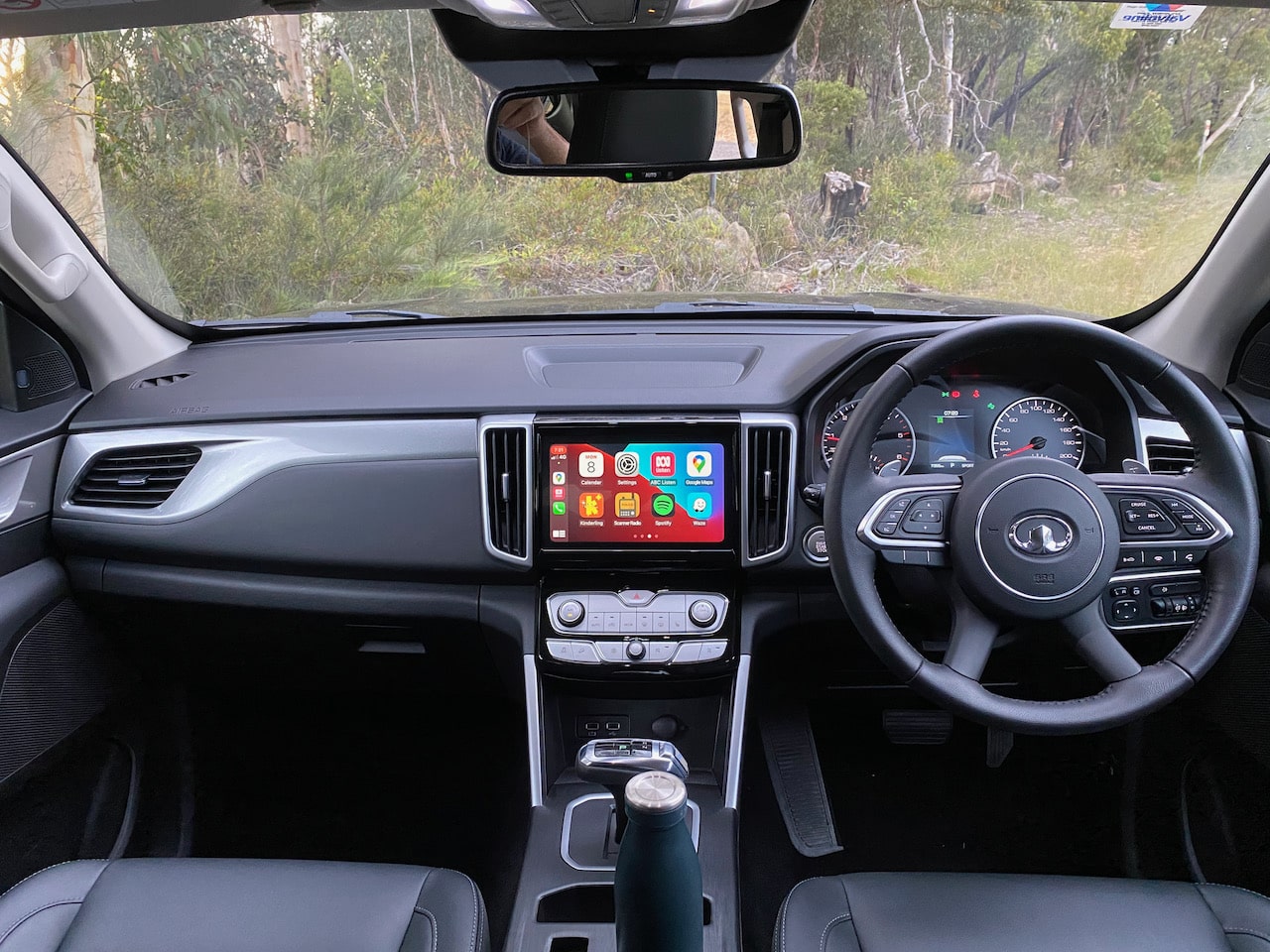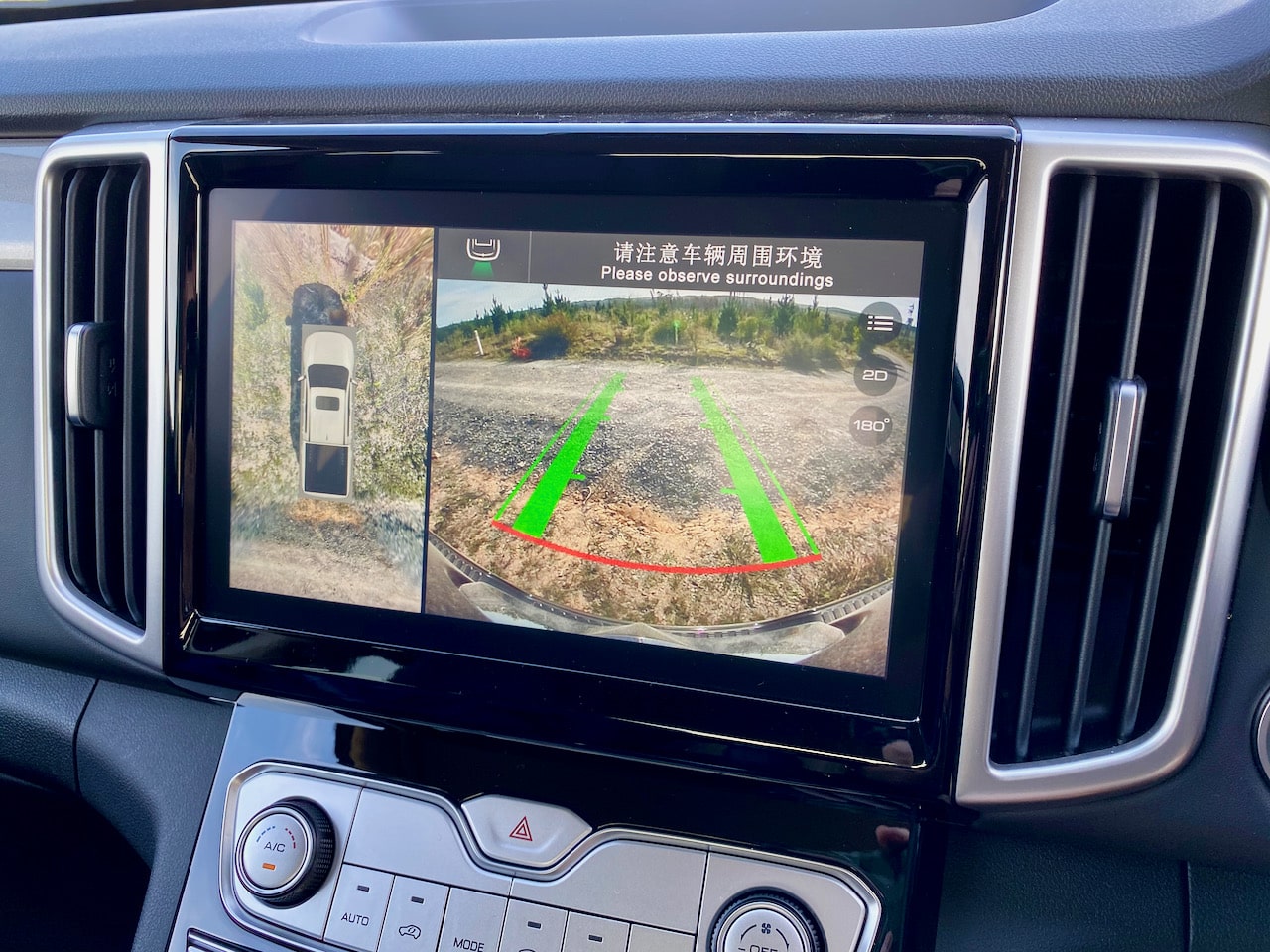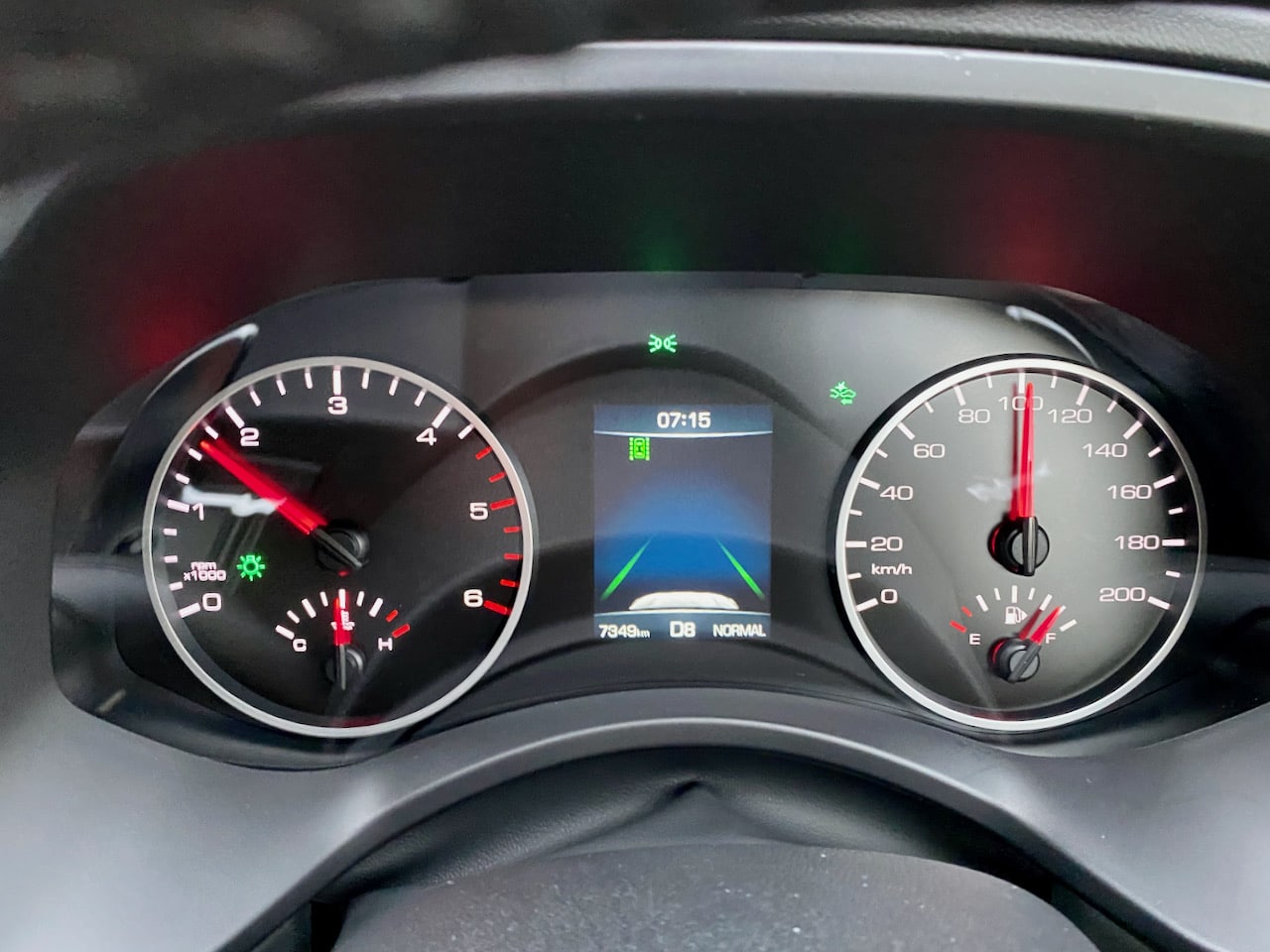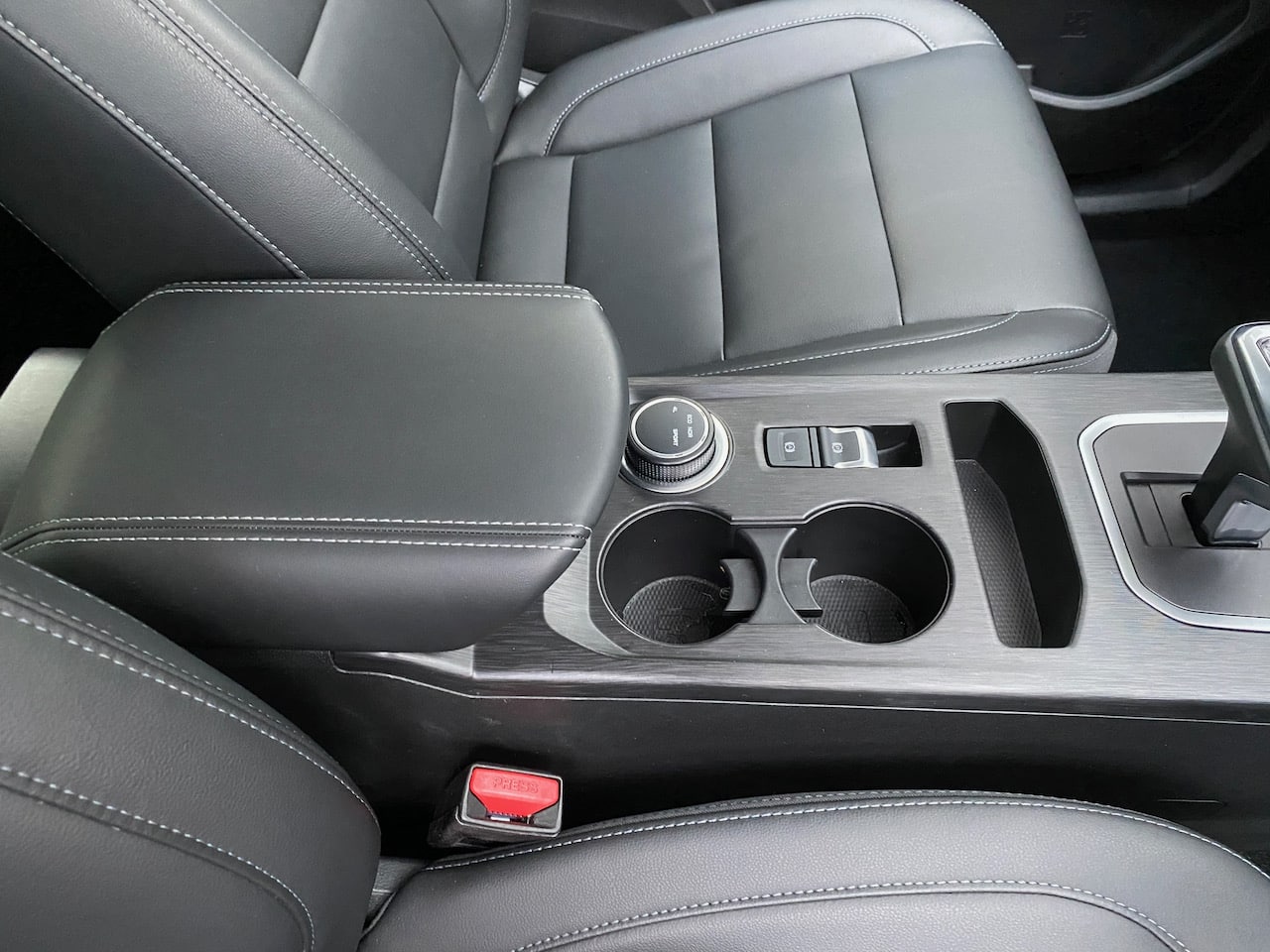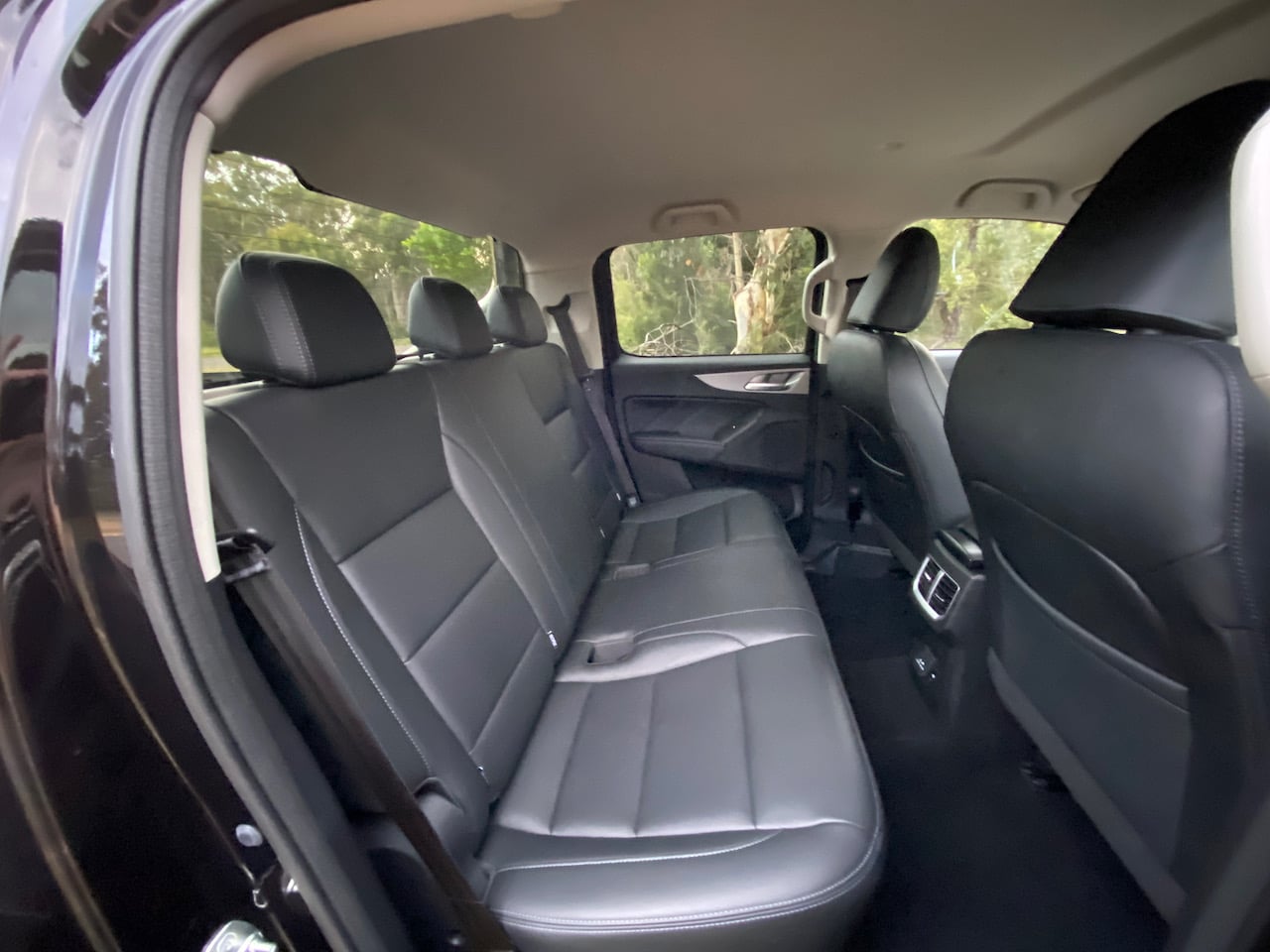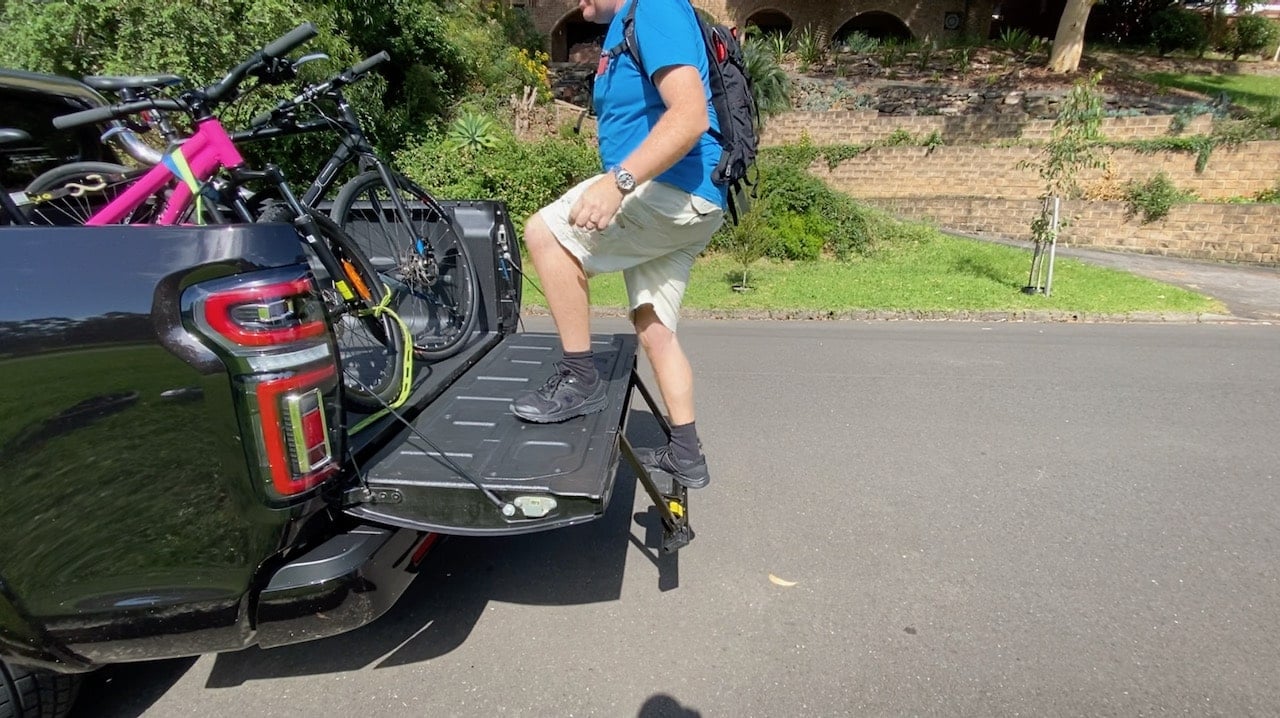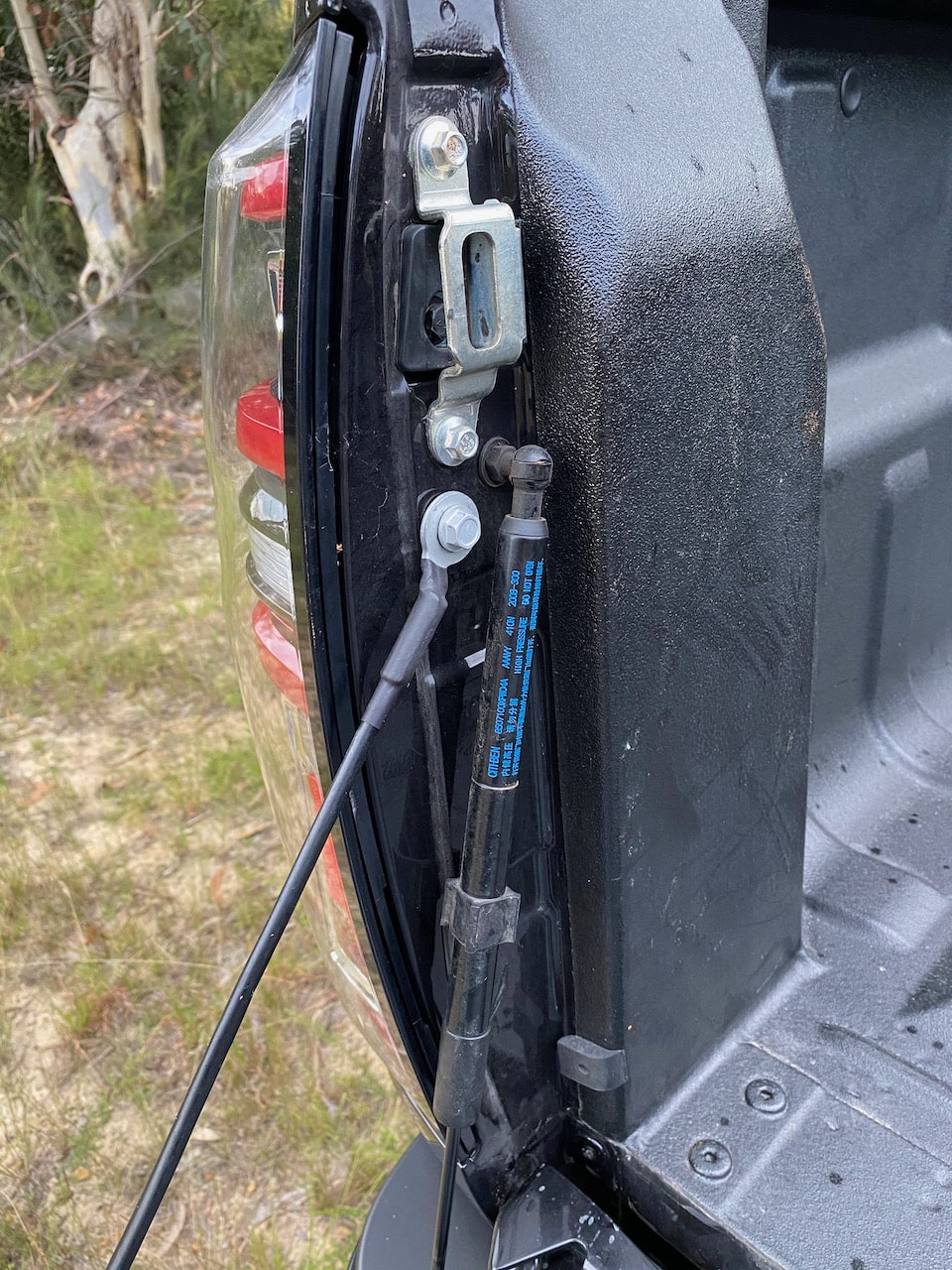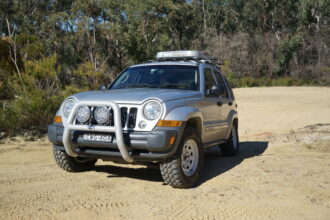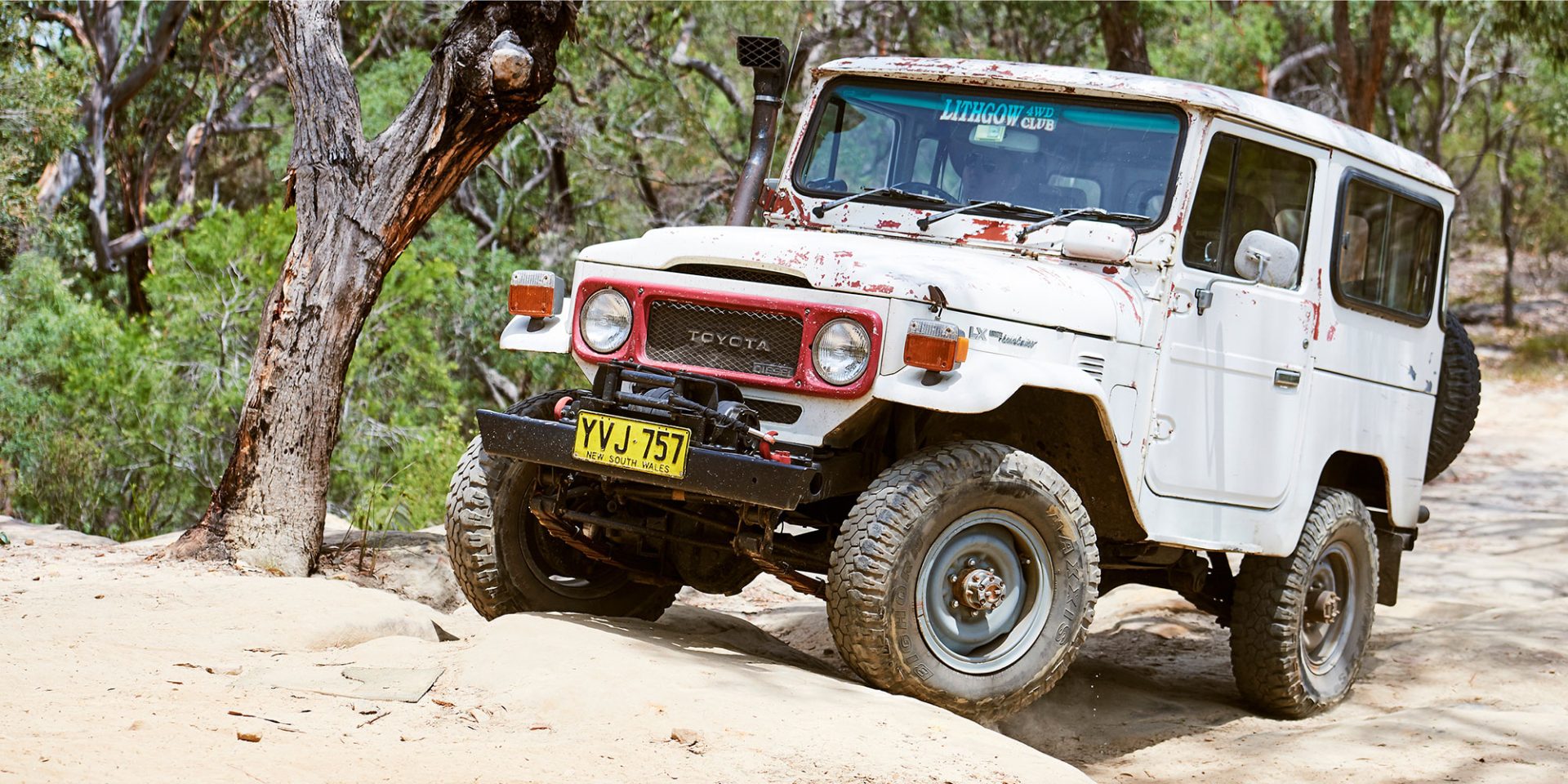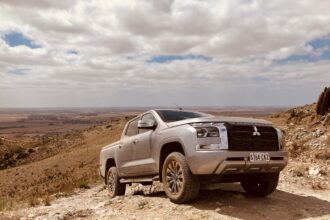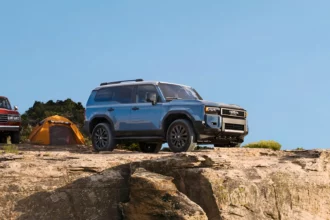Would you buy a GWM Ute? We’ve seen plenty of them on the road lately and the latest new-vehicle sales figures for March 2021 show that this new Chinese entrant to the Aussie market has already cracked the top 10 in 4X4 ute sales.
Yep, you read that right. The GWM Ute notched up 418 sales in March 2021, putting it in 10th position overall for the month in the 4X4 ute segment. So, what is the appeal of this newcomer?
The price, of course.
The GWM Ute is way cheaper than much of the competition, yet this large 4X4 ute (around the size of a Ford Ranger) packs a decent amount of tech and plenty of goodies for the asking price. Let’s take a closer look at exactly what you get for your money.

The GWM Ute line-up
The GWM Ute range kicks off with the Cannon at $33,990, followed by the mid-spec Cannon-L (as tested here) for $37,990 and the top-spec Cannon-X for $40,990. Oh, and these are driveaway prices… which includes a seven-year/unlimited kilometre warranty, five years of roadside assist and 12 months/10,000km service intervals.
All models are powered by a 2.0L turbo-diesel engine that makes a claimed 120kW of power and 400Nm of torque. The engine is mated to a ZF eight-speed automatic transmission and a torque-on-demand 4X4 system distributes power to all four wheels as deemed necessary by the amount of traction on offer; if you want a 50:50 torque split between front and rear axles you need to engage low-range. A rear diff lock is standard and, unlike most other 4X4 utes on the Australian market, the GWM Ute comes with four-wheel disc brakes. Suspension is traditional 4X4 ute fare; a double-wishbone IFS and a live-axle rear with leaf springs.
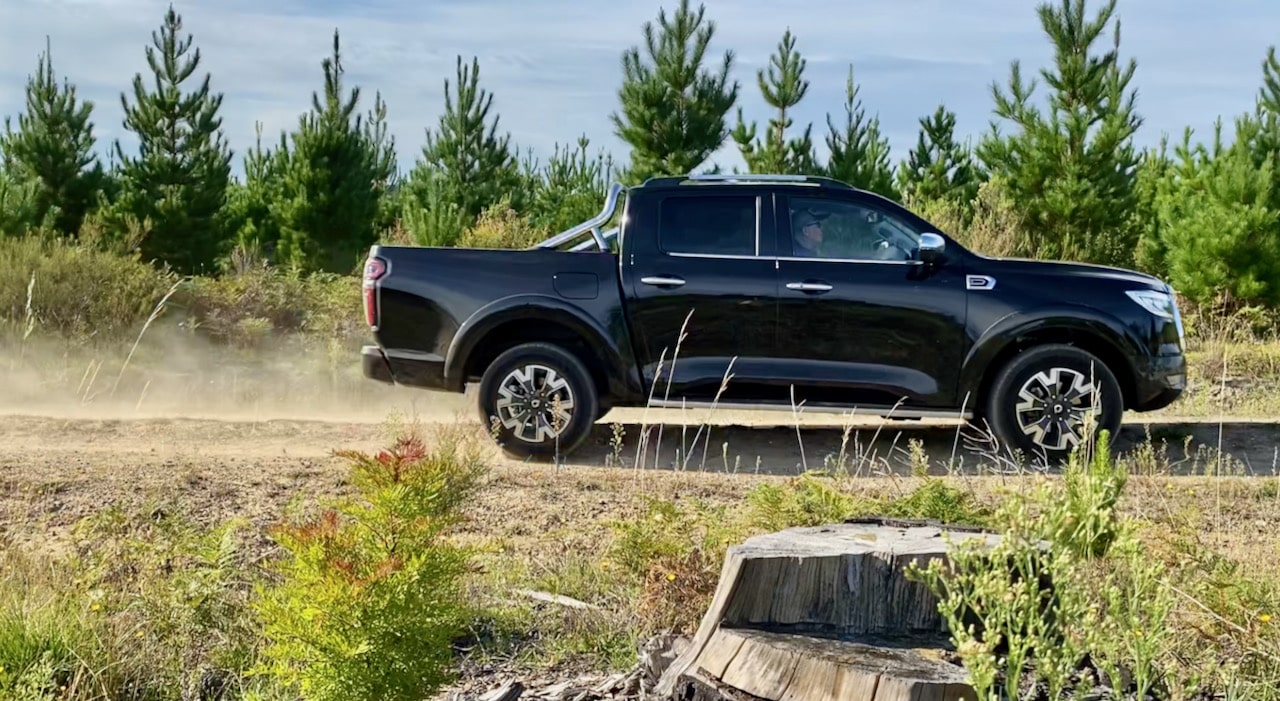
To get an idea of its size, here are some key GWM Ute dimensions compared to the Ford Ranger XLT (in brackets):
Length: 5410mm (5446mm)
Height: 1934mm (1821mm)
Width: 1886mm (1867mm)
Wheelbase: 3230mm (3220mm)
Track F/R: 1580/1580mm (1560/1560mm)
Ground clearance: 194mm (laden)
Approach angle: 27° (29°)
Departure angle: 25° (21°)
Ramp breakover angle: 21.1° (25°)
What equipment do you get?
Despite the $34k price-tag, even the base-spec GWM Cannon is a well-equipped rig. Standard kit includes: 18-inch alloys; body-coloured bumpers, wheel arches and mirrors; LED headlights with auto on/off; DRLs; fog lights with auto steering function; side steps; keyless entry/start; Comfort-Tek (eco-leather) seats; paddle shifters; nine-inch touchscreen with Apple CarPlay/Android Auto; and 3.5-inch colour instrument cluster.
The Cannon-L as tested here adds: sports bar; premium 18-inch alloy wheels; spray-in bed-liner; assisted tailgate; fold-down cargo ladder; leather-wrapped steering wheel; heated front seats; six-way power adjustable driver’s seat; climate control with rear vents; front parking sensors; 360-degree view camera; chrome front grille, door handles and mirrors; electric folding door mirrors; roof rack, privacy glass; and 220V power output.

The top-spec Cannon-X adds: leather seat trim; tilt-and-slide adjustable steering; seven-inch colour instrument cluster; wireless charging; four-way power adjustable passenger seat; power-assist steering modes; door open warning; second-row 60/40 seat; and voice recognition.
All models score safety kit including Forward Collision Warning (FCW), Autonomous Emergency Braking (AEB) with pedestrian and cyclist detection, Lane Departure Warning (LDW), Lane Keep Assist (LKA), Lane Change Assist, Rear Cross Traffic Alert (RCTA), Adaptive Cruise Control (ACC), Traffic Sign Recognition & Overspeed Alert, TPMS, reverse camera, kerbside camera, rear parking sensors, seven airbags including a front centre airbag, Hill Start Assist and Hill Decent Control. As yet, the GWM Ute has not been subjected to ANCAP testing.
Cabin comfort
The Cannon-L has a thoroughly modern interior with a well laid-out and attractive dash dominated by the large colour touchscreen. Like many modern vehicles, some of the buttons/controls are a bit hard to read and will take some familiarisation but overall everything seems to be placed logically. Oddly, the centre screen displays some Chinese text from time to time along with English, such as when the rear and 360-degree cameras are in use.
The centre touchscreen itself is well positioned and offers a bright and vibrant display. The instrument binnacle is clear and easy to read with large analogue speedo and tacho, although some of the dash lights are small and hard to decipher. There are plenty of power/USB ports throughout the cabin, a reasonable number of handy storage spaces and cup holders, and rear vents.
The faux-leather seat trim looks and feels nice, and the stitching appears to be of a good quality. The drivers seat offers a good range of adjustment (although in this spec only tilt-adjustable steering) and good support, while the rear seat offers plenty of passenger space for a dual-cab ute although it feels quite flat.
What’s it like to drive?
The GWM Ute offers surprisingly spritely on-road performance. Why surprising? Well, with modest power and torque peaks of 120kW and 400Nm, you wouldn’t expect as much, but the four-cylinder diesel engine revs willingly and the eight-speed auto has short-enough ratios in the lower gears to see the Cannon-L launch off the line at a reasonable clip.
It cruises along on the highway without fuss too, although the auto is very keen to upshift in Eco and Normal modes, often grabbing what seems like too high a gear for vehicle speed, which sees engine revs regularly drop down to a tad over 1000rpm. When this happens the engine feels a bit laboured, but a prod on the throttle soon sees the auto drop a cog or two, and revs pick up again. When it does, the auto transmission provides quick and smooth shifts, and there’s also the option of manual shifting via paddles on the steering column.
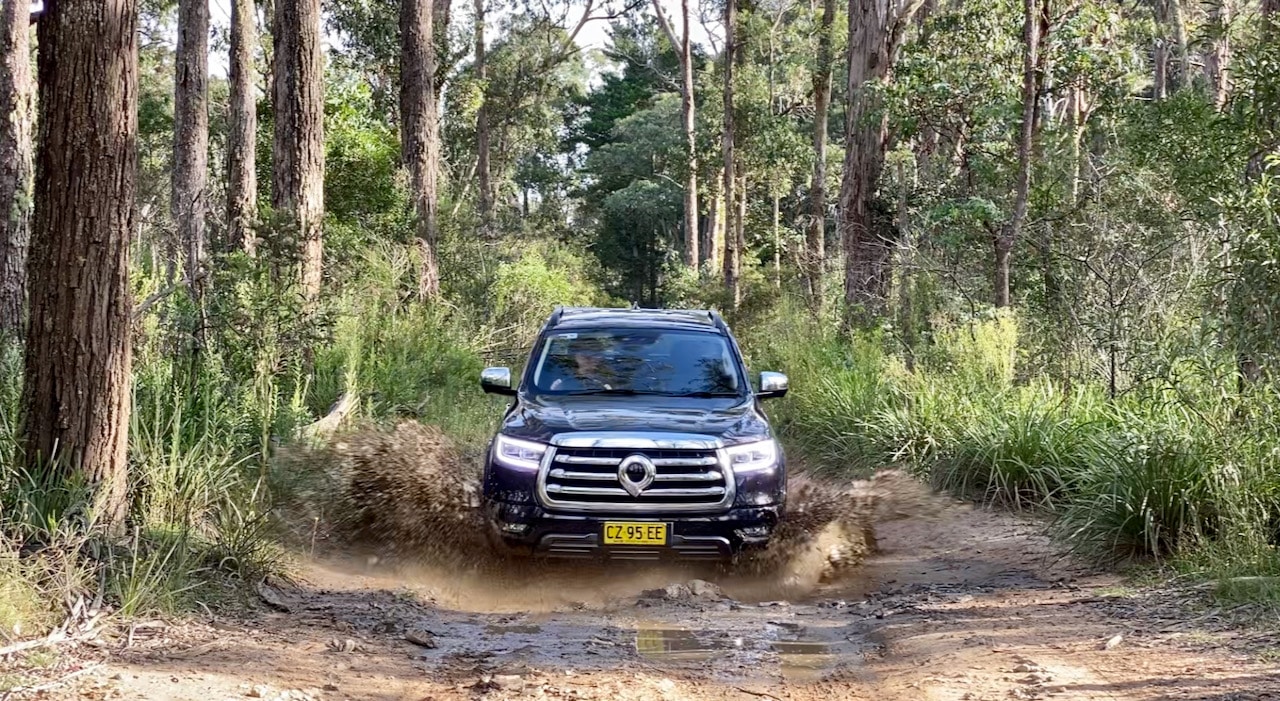
For the record, the tacho needle sits on around 1600rpm at 100km/h in top gear, which is pretty relaxed.
Unladen ride quality is on a par with some of the better utes in this class. Sure, its a bit firm at the rear on bumpier roads but it remains composed. Having said that, the Cannon-L corners without excessive body roll and generally feels quite surefooted over most sealed road surfaces.
The electric power-assisted steering is nice and light at low speeds but it feels heavy and lifeless at higher speeds. The lane-keep assist function feels overly intrusive but this can be switched off easily enough, although the default is on, so you need to do this every time you start the vehicle.
Once off the blacktop and on to gravel roads, the unladen Cannon-L is prone to skew off-line when you hit bigger bumps, potholes and corrugations. Sure, the stability control brings everything back into line, eventually, but it can feel slow to react which is occasionally unnerving.
Off-road performance
Take a look under the GWM Ute and you’ll see that most components are tucked up and out of harm’s way. Ground clearance is reasonable and there is a decent steel plate to protect the sump.
The limited ramp-over angle can be an issue in undulating terrain and over rocks, and the side steps – like on many dual-cab utes – are vulnerable to grounding. The departure angle is pretty good thanks to the Cannon-L’s reasonably compact rear bumper design.
There’s good wheel travel, especially at the rear, and the electronic traction control remains active on the front axle even when the rear diff lock is engaged.
GWM doesn’t quote a wading depth for the Cannon-L, but the engine air intake is high-up in the driver’s side inner guard which should provide reasonable protection for water crossings
Out the back
The Cannon-L’s tub is accessed via a strut-assisted tailgate. Once opened, there’s a pull-out step that makes it super-easy to climb up into the tub. The spray-in bedliner offers good protection and there are four tie-down points for securing loads.
With the tailgate up there’s also a step built into the rear bumper.
Overall tub space is reasonable, with a wide tailgate opening and deep walls, although it’s not quite wide enough to fit a standard full-size pallet in the back.
The GWM Ute has a 1050kg payload capacity and a 3000kg maximum braked towing capacity.
Would you buy one?
It’s easy to see why the GWM Ute is appealing to more and more Aussie buyers – after all, you get a hell of a lot of ute for the asking price, as well as a decent warranty and service intervals – but should you really head out and buy one? Or would you be better off forgoing a few luxuries and buying a lower-grade ute from one of the more established players on the Aussie market?
When it comes to answering this question, I fall into the latter camp; sure, the Cannon is the best ute to come from GWM (Great Wall Motors) to date, and it’s certainly packed with loads of tech, comfort and convenience features, but when it comes to performance and overall refinement it still falls short of vehicles like Ranger, HiLux, Amarok and the like. Once GWM irons out a few wrinkles, chances are the next-gen Cannon could be a game-changer…
